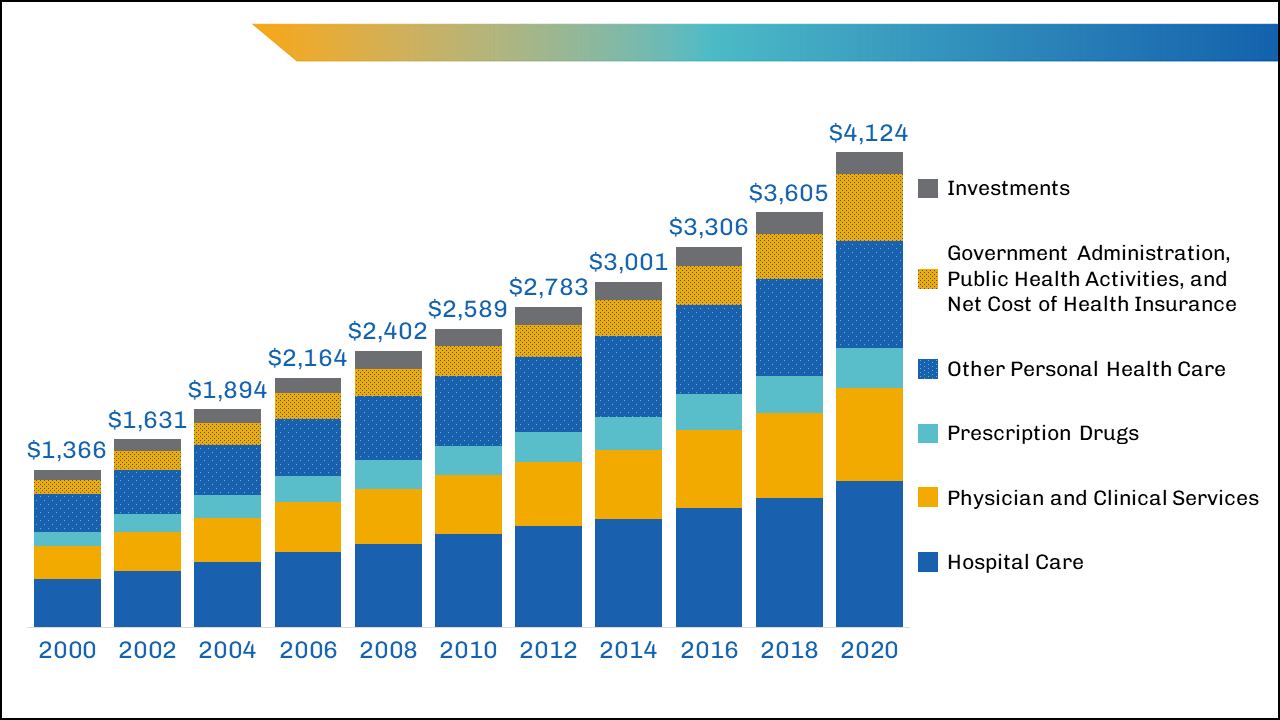Leading Healthcare RCM Methods for Better Financial Efficiency
Leading Healthcare RCM Methods for Better Financial Efficiency
Blog Article
A Comprehensive Overview on Just How Health Care RCM Functions to Streamline Payment and Collections
Navigating the complexities of health care earnings cycle monitoring (RCM) is essential for suppliers aiming to boost their payment and collections processes. The guide unloads the intricacies of RCM, from client registration to accounts receivable monitoring, supplying understandings into maximizing each action.
Recognizing Income Cycle Management
Understanding the complexities of Earnings Cycle Administration (RCM) is crucial for medical care companies aiming to enhance their monetary efficiency. RCM is a critical administrative feature that includes the entire financial process of person treatment, from the first consultation readying to the last payment of the equilibrium. It is a complex treatment designed to recognize, accumulate, and take care of the income from the solutions supplied to clients. Effective RCM makes certain that doctor obtain precise and prompt repayments, reducing the risk of revenue loss and boosting capital.
The RCM process starts when a person timetables a consultation and extends through the individual's treatment journey, including invoicing and collections. A key objective is to reduce the time between getting and offering a service repayment, hence enhancing the organization's financial health and wellness. RCM includes numerous features such as individual registration, insurance policy verification, charge capture, coding, asserts entry, payment posting, and handling charms and denials.
Key Components of RCM
In the realm of Revenue Cycle Management (RCM), recognizing its vital components is essential to accomplishing financial efficiency within medical care companies. RCM is a thorough process that incorporates numerous stages, each crucial to making sure efficient billing and collections. The main components include client registration, insurance coverage confirmation, charge capture, coding, case submission, repayment uploading, and accounts receivable administration.


As soon as coded, cases are submitted to payers, where accuracy is extremely important to stay clear of denials or delays - Healthcare RCM. Repayment uploading entails taping the gotten repayments, which enables the settlement of accounts. Last but not least, accounts receivable administration focuses on monitoring and attending to unpaid claims, ensuring timely follow-up and resolution
Each element of RCM is interconnected, and inadequacies in any part can disrupt the entire cycle. Therefore, understanding these elements is essential for doctor to maximize profits and boost their financial wellness.
Approaches for Efficient Invoicing

Standardizing invoicing procedures throughout the company is an additional key technique. Developing clear standards for paperwork, coding, and entry assists keep consistency and compliance with governing demands. Training staff on a regular basis on these treatments makes sure everybody is updated with the current adjustments in billing codes look what i found and payer plans.
Precise fee capture is essential in preventing revenue leakage. Carrying out normal audits and monitoring systems allows for the recognition and improvement of inconsistencies before they influence profits. Additionally, maintaining open lines of communication with payers aids to swiftly settle any kind of disputes or misconceptions that may emerge.

Lastly, engaging clients early in the invoicing process by providing clear price quotes and academic products regarding their financial obligations can substantially reduce complication and improve repayment timeliness. These strategies jointly add to a much more economically healthy and reliable billing system.
Enhancing Collections Procedures
A robust collections procedure is important for maintaining financial stability within medical care companies. Offered the intricacies of clinical payment and the selection of payer demands, enhancing the collections process entails carrying out critical procedures that make sure timely and precise settlement of solutions made. Central to this is using technology to automate and simplify procedures, boosting and decreasing hands-on errors like this performance. Automation devices can assist in tracking insurance claim statuses, sending prompt suggestions to people, and handling rejections more efficiently.
Clear and clear patient communications are crucial. Providing in-depth descriptions of fees and offering flexible settlement strategies can increase patient satisfaction and punctual settlements.
Normal audits of the collections process ought to be carried out to determine areas for enhancement and ensure compliance with regulations. By examining information, health care companies can determine patterns, anticipate prospective issues, and adapt methods appropriately (Healthcare RCM). Eventually, a well-enhanced collections process not only sustains monetary health however likewise adds to a more smooth experience for patients and personnel alike
Optimizing Profits Streams
Building upon the structure of a strong collections procedure, medical care companies can additionally bolster their economic stability by strategically enhancing earnings streams. This involves a multi-faceted technique, starting with a thorough evaluation of existing earnings sources to determine ineffectiveness and areas for development. Using innovative data analytics devices allows organizations to obtain insights into payer mix, client demographics, and solution utilization patterns, enabling data-driven decisions that boost earnings capture.
Carrying out automated payment systems can substantially decrease errors and expedite cases processing, guaranteeing that revenue is accumulated more efficiently. Additionally, optimizing payer agreements via routine settlements can enhance reimbursement rates and terms, straight impacting the bottom line. Diversifying solution offerings, such try these out as integrating telehealth or health care, can additionally draw in a more comprehensive person base, hence increasing earnings potential.
Another essential element is enhancing patient engagement and satisfaction, as satisfied people are more likely to stick to therapy plans and make timely payments. Supplying flexible repayment alternatives and transparent payment practices can improve collections and foster client commitment. Healthcare RCM. By taking on these approaches, health care companies can create a much more durable economic framework, making sure sustained growth and stability in an ever-changing industry landscape
Final Thought
Finally, healthcare Revenue Cycle Monitoring (RCM) plays a critical duty in optimizing invoicing and collections processes by incorporating crucial parts such as person enrollment, insurance coverage verification, cost capture, coding, claims entry, and accounts receivable management. By employing innovative innovation, systematizing treatments, and cultivating client interaction, healthcare companies can considerably minimize insurance claim denials, increase repayment cycles, and improve cash flow. This extensive technique to RCM inevitably results in improved economic effectiveness and sustainability for health care companies.
The RCM process begins when an individual timetables an appointment and expands with the client's treatment trip, consisting of invoicing and collections.Another vital part is enhancing individual involvement and contentment, as completely satisfied people are more most likely to stick to treatment strategies and make timely payments. Supplying versatile repayment alternatives and clear billing practices can improve collections and foster client commitment.In verdict, healthcare Income Cycle Monitoring (RCM) plays a vital role in enhancing payment and collections processes by integrating essential parts such as patient enrollment, insurance verification, charge capture, coding, asserts submission, and accounts receivable monitoring. By employing advanced modern technology, standardizing procedures, and promoting patient involvement, healthcare carriers can significantly lower claim denials, speed up payment cycles, and enhance money circulation.
Report this page